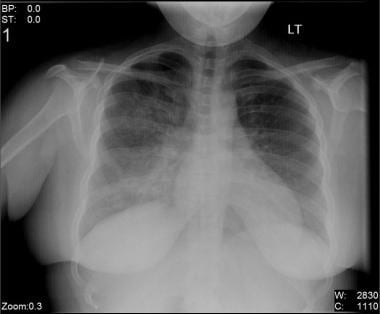
Introduction
Pneumonia is an acute respiratory infection that significantly affects public health worldwide. Caused by various pathogens, including bacteria, viruses, and fungi, pneumonia results in inflammation of the lungs, leading to symptoms such as cough, fever, and difficulty breathing. The World Health Organization (WHO) reported that pneumonia is a leading cause of morbidity and mortality, particularly among vulnerable populations such as children and the elderly. Understanding pneumonia is crucial for effective prevention and treatment strategies.
Current Events and Facts
Recent developments surrounding pneumonia include a notable rise in cases related to COVID-19 and its variants, which have complicated the landscape of respiratory infections. According to a report from the Canadian Institute for Health Information (CIHI), there was a marked increase in hospitalizations for pneumonia due to coinfections with COVID-19 during the pandemic. Between 2020 and 2021, over 60,000 individuals in Canada were hospitalized with pneumonia, with a significant percentage related to viral infections.
Vaccination remains a key preventive measure against pneumonia, particularly the pneumococcal vaccine, recommended for infants, the elderly, and individuals with weakened immune systems. Health Canada has been actively promoting vaccination campaigns to combat pneumonia effectively, particularly in light of the increased risks posed by respiratory infections during the winter months.
Signs and Symptoms
The symptoms of pneumonia can vary but commonly include a persistent cough, fever, chills, shortness of breath, and chest pain during breathing or coughing. In older adults, symptoms may be less typical, including a change in mental awareness or sudden confusion. As the cold season approaches, awareness of these signs is particularly important for early diagnosis and treatment.
Treatment Options
Treatment for pneumonia depends on its cause. Bacterial pneumonia is typically treated with antibiotics, while viral pneumonia may require antiviral medications or simply supportive care, including rest and hydration. In severe cases, hospitalization may be necessary for oxygen therapy or intravenous antibiotics. It is vital for individuals experiencing symptoms of pneumonia to seek medical attention promptly to prevent complications.
Conclusion
Pneumonia remains a significant health challenge in Canada and globally, with increasing concerns in the wake of the COVID-19 pandemic. As winter approaches, awareness of its symptoms and preventive measures such as vaccination are essential for reducing incidence. Continued public health initiatives and education will be pivotal in combating pneumonia and protecting vulnerable populations. Overall, while pneumonia poses challenges, advancements in medical understanding and healthcare services provide a hopeful outlook for effective management and prevention.



